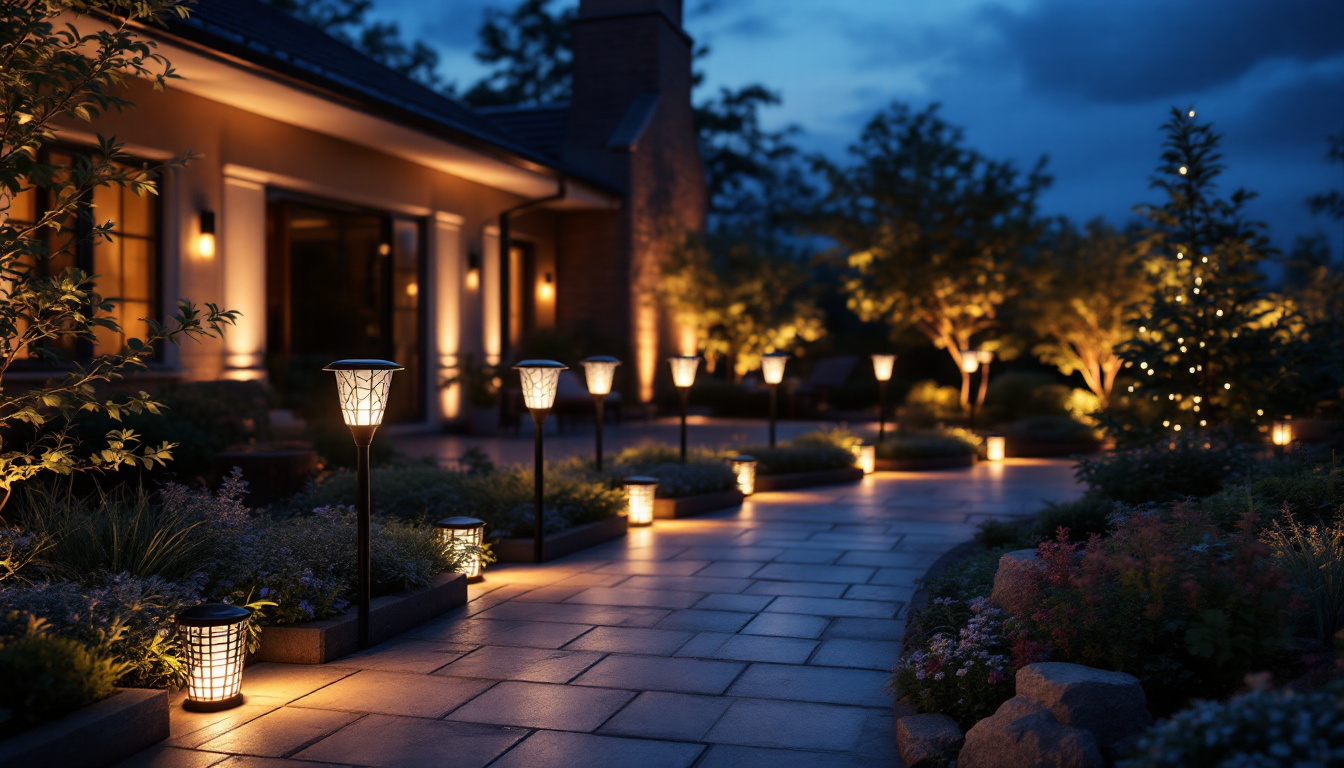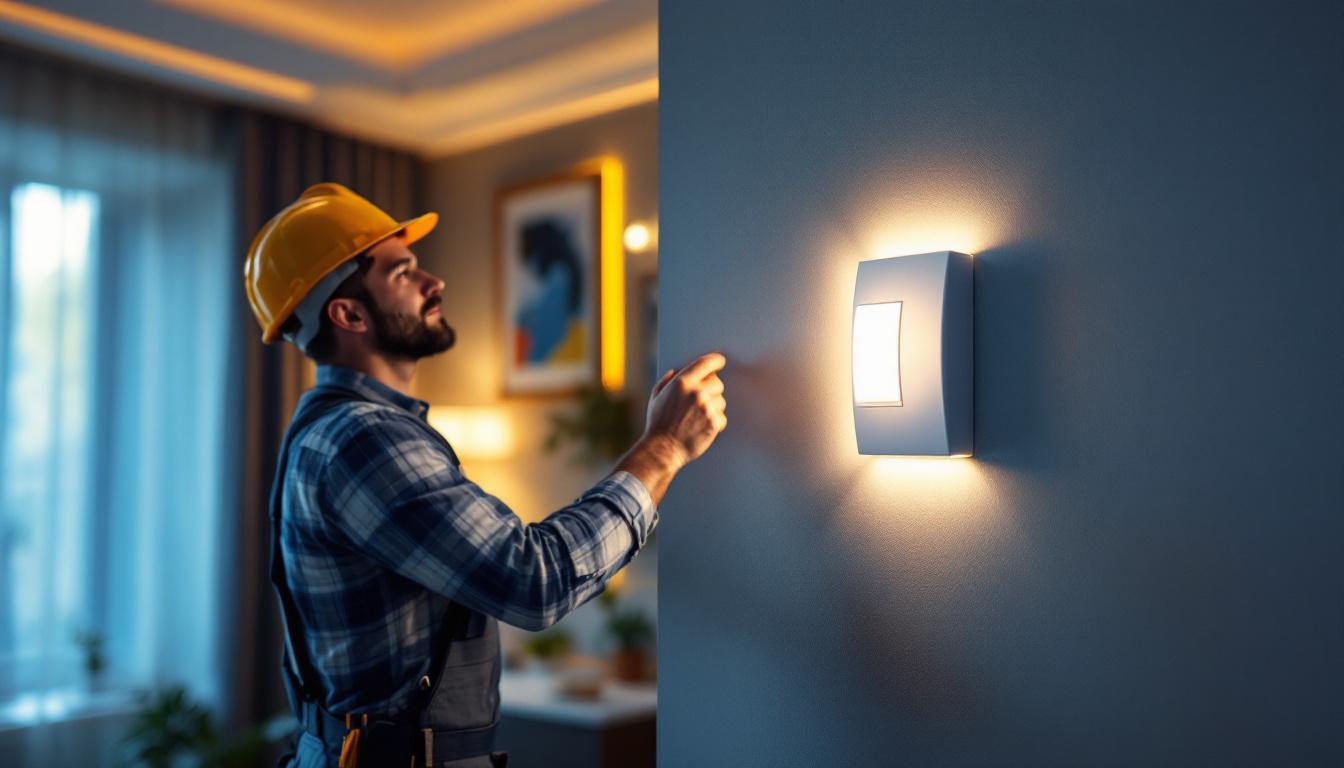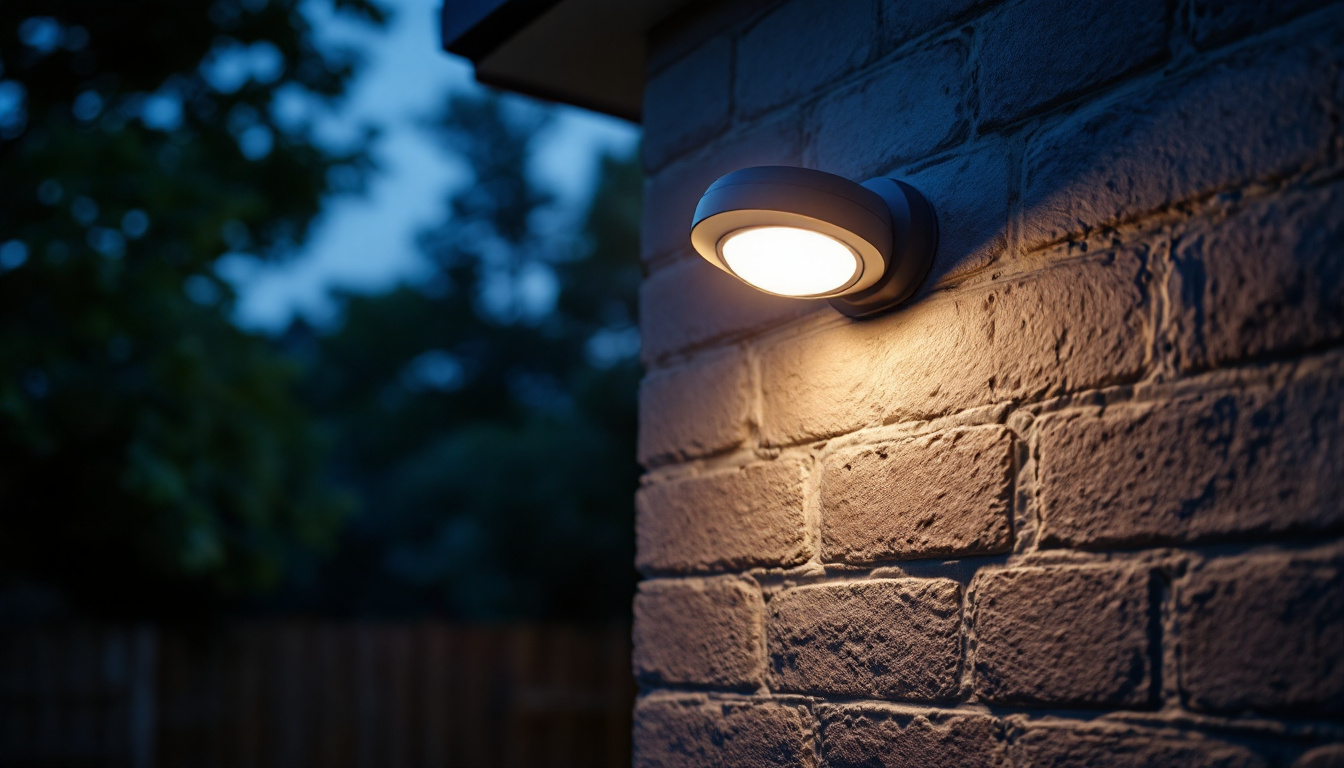
As the demand for sustainable and energy-efficient lighting solutions continues to rise, decorative outdoor solar lights have emerged as a popular choice among homeowners and businesses alike. For lighting contractors, understanding the nuances of these fixtures is essential to providing clients with the best possible options. This article delves into the best practices for selecting, installing, and maintaining decorative outdoor solar lights, ensuring that contractors can deliver exceptional results every time.
Before diving into the specifics of decorative outdoor solar lights, it is crucial to grasp the underlying technology that powers these fixtures. Solar lights utilize photovoltaic cells to convert sunlight into electricity, which is then stored in batteries for use during the night. This technology not only reduces energy costs but also minimizes the carbon footprint associated with traditional lighting solutions. As the world increasingly shifts towards sustainable energy sources, solar technology stands out as a beacon of innovation, providing an eco-friendly alternative that harnesses the power of the sun. Moreover, advancements in solar technology have led to improved efficiency and performance, making solar lights a viable option for a wider range of applications.
Solar lights typically consist of several key components: the solar panel, battery, LED light source, and control circuitry. Each of these elements plays a vital role in the overall performance of the fixture. The solar panel captures sunlight and converts it into electrical energy, while the battery stores this energy for later use. LEDs are favored for their energy efficiency and longevity, and the control circuitry manages the charging and discharging of the battery. Additionally, many modern solar lights are equipped with sensors that automatically turn the lights on at dusk and off at dawn, further enhancing their convenience and energy efficiency.
Understanding these components allows contractors to better assess the quality of different solar light products. For instance, high-quality solar panels will have a higher efficiency rating, leading to better performance in low-light conditions. Similarly, robust batteries will ensure longer operating times and improved durability. Furthermore, the integration of smart technology into solar lights is becoming increasingly common, allowing for features such as remote control and programmable settings, which can significantly enhance user experience and adaptability to various environments.
When selecting decorative outdoor solar lights, contractors should be aware of the various types available, each designed for specific applications and aesthetics. Common types include path lights, flood lights, string lights, and wall-mounted fixtures. Path lights are ideal for illuminating walkways and gardens, while flood lights can provide broader coverage for larger areas. These lights not only serve a practical purpose but also contribute to the overall ambiance of outdoor spaces, making them essential for both safety and aesthetic appeal.
String lights have gained popularity for their festive appeal and versatility, making them suitable for patios and outdoor gatherings. Their ability to create a warm and inviting atmosphere has made them a favorite for events such as weddings and parties. Wall-mounted fixtures, on the other hand, can enhance architectural features while providing functional lighting. Additionally, some decorative solar lights come with unique designs, such as lanterns or sculptures, that can add a touch of artistry to outdoor spaces. Understanding the unique characteristics of each type will help contractors recommend the best options to their clients, ensuring that both functionality and style are achieved in their outdoor lighting designs.
Proper installation is critical to the performance and longevity of decorative outdoor solar lights. Contractors should adhere to best practices to ensure that the lights operate efficiently and meet client expectations.
Before installation, a thorough site assessment is essential. This involves evaluating the amount of sunlight the area receives throughout the day, as solar lights rely heavily on adequate sunlight for optimal performance. Areas with significant shade from trees, buildings, or other structures may require additional planning or alternative lighting solutions.
Contractors should also consider the overall landscape design and existing features. For instance, placing lights near reflective surfaces can enhance their effectiveness, while strategic positioning can create visually appealing lighting effects.
Once the site assessment is complete, the next step is to determine the proper placement and spacing of the lights. As a rule of thumb, path lights should be spaced approximately six to eight feet apart to provide even illumination without creating dark spots. For larger areas, such as patios or gardens, contractors may need to experiment with different configurations to achieve the desired ambiance and functionality.
It is also crucial to ensure that the solar panels are positioned to receive maximum sunlight exposure. This may involve angling the panels or adjusting their height to avoid obstructions. By taking these factors into account, contractors can enhance the performance of the solar lights and ensure client satisfaction.
Securing decorative outdoor solar lights is vital for their longevity and effectiveness. Many solar lights come with stakes or mounts for easy installation, but contractors should ensure that these fixtures are firmly anchored to withstand wind and weather conditions. For areas prone to heavy winds, additional measures such as using concrete or weighted bases may be necessary.
Regular checks should also be scheduled to ensure that the lights remain securely in place. Loose fixtures can lead to misalignment, reducing their effectiveness and potentially leading to damage.
While solar lights are generally low-maintenance, periodic checks and maintenance can significantly extend their lifespan and performance. Contractors should educate clients on the importance of maintaining their decorative outdoor solar lights.
One of the most critical maintenance tasks is cleaning the solar panels. Dust, dirt, and debris can accumulate on the surface, reducing the panel’s ability to absorb sunlight. Contractors should recommend that clients clean the panels at least twice a year, using a soft cloth and mild soap to avoid scratching the surface.
In addition to cleaning, it is essential to inspect the panels for any damage or wear. Cracks or discoloration can indicate that the panel is no longer functioning optimally, and replacement may be necessary.
The battery is another critical component that requires attention. Most solar lights use rechargeable batteries, which can degrade over time. Contractors should advise clients to check the battery’s condition regularly and replace it every couple of years to ensure consistent performance.
In some cases, clients may notice that their solar lights are not illuminating as brightly as they once did. This can often be attributed to a failing battery or insufficient sunlight exposure. Troubleshooting these issues can help restore the lights’ functionality and keep clients satisfied.
Seasonal changes can also impact the performance of decorative outdoor solar lights. In winter, for example, shorter days and increased cloud cover can reduce sunlight availability. Contractors should inform clients about potential adjustments, such as repositioning lights or supplementing with additional lighting during these months.
Furthermore, snow accumulation can block solar panels, so it is advisable to clear any snow off the panels to maintain their efficiency. By being proactive about seasonal challenges, contractors can help clients enjoy their outdoor lighting year-round.
Beyond functionality, decorative outdoor solar lights can significantly enhance the aesthetic appeal of a property. Lighting contractors should consider design elements that complement the client’s landscape and architecture.
When selecting solar lights, style plays a crucial role. From modern to traditional designs, the right choice can elevate the overall look of outdoor spaces. Contractors should familiarize themselves with various styles available in the market, allowing them to make informed recommendations based on the client’s preferences.
For instance, sleek, minimalist designs may be more suitable for contemporary homes, while ornate fixtures can enhance the charm of traditional properties. By aligning the lighting style with the overall design theme, contractors can create a cohesive and inviting outdoor environment.
Layering different types of solar lights can create depth and visual interest in outdoor spaces. For example, combining path lights with accent lights can highlight specific features, such as trees or sculptures, while providing functional illumination for walkways. Contractors should encourage clients to think creatively about their lighting design, experimenting with various combinations to achieve the desired effect.
Additionally, using dimmable solar lights can allow for greater flexibility in adjusting brightness levels, enabling clients to set the mood for different occasions, from intimate gatherings to festive celebrations.
Decorative outdoor solar lights offer a sustainable and visually appealing solution for illuminating outdoor spaces. By understanding the technology, adhering to best installation practices, and providing ongoing maintenance, lighting contractors can ensure that their clients receive the best possible experience.
Moreover, by considering aesthetic elements and encouraging creative lighting designs, contractors can help clients transform their outdoor areas into beautiful, functional spaces. As the market for solar lighting continues to grow, staying informed about the latest trends and technologies will empower contractors to remain competitive and deliver exceptional results.
In summary, decorative outdoor solar lights not only enhance the beauty of a property but also contribute to a more sustainable future. By following these best practices, lighting contractors can position themselves as experts in the field, ensuring client satisfaction and long-term success.
Ready to elevate your lighting projects with sustainable elegance and unmatched value? At LumenWholesale, we specialize in providing lighting contractors like you with premium, spec-grade decorative outdoor solar lights at wholesale prices that simply can’t be beaten. Say goodbye to middleman markups and hello to a vast selection of industry-standard lighting that promises reliability and high performance. Plus, with free shipping on bulk orders, you can stock up on the best lighting solutions without worrying about hidden fees. Transform your outdoor lighting designs into stunning, eco-friendly masterpieces with LumenWholesale. Explore our collection now and secure the best value in wholesale lighting.

Discover the key factors that distinguish leading lighting contractors in the art of cable pulling.

Discover how wholesale LED strip lights are revolutionizing the lighting industry, offering contractors cost-effective, versatile, and energy-efficient solutions that illuminate success in every project..

Discover expert insights from lighting contractors on how to enhance your home’s ambiance with simple light switch upgrades.

Discover essential tips and common pitfalls for lighting contractors in our comprehensive guide to outdoor security lighting.